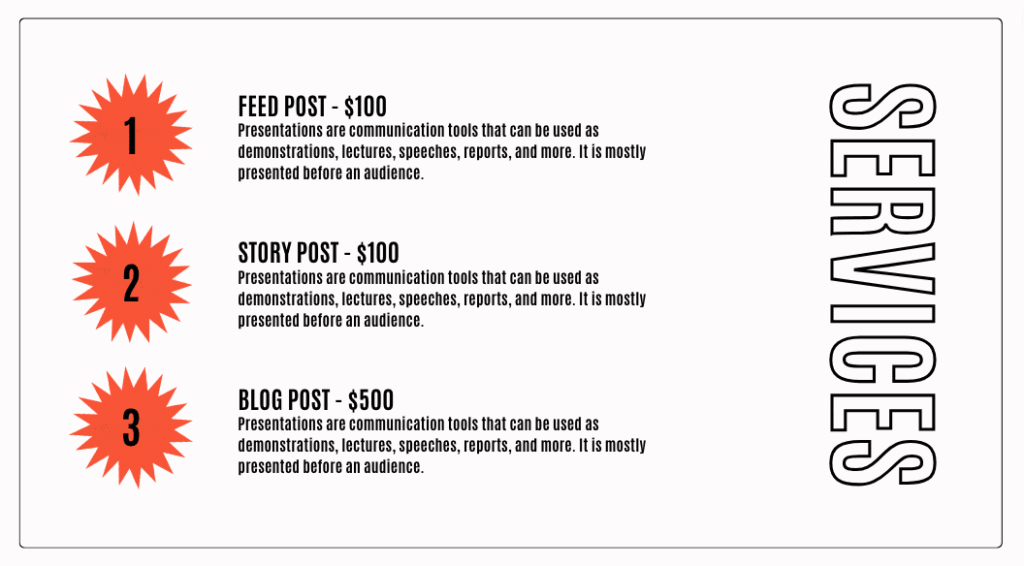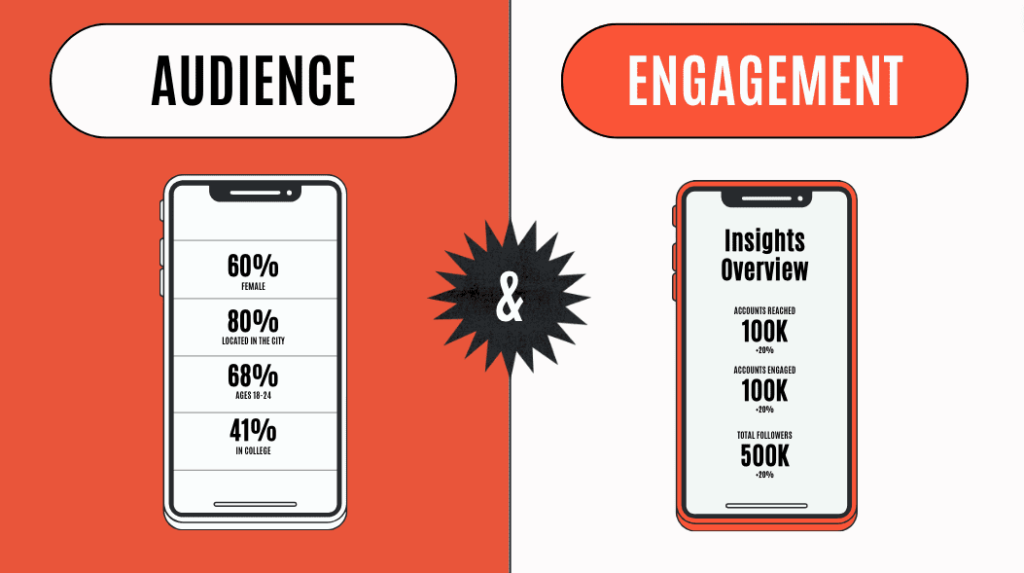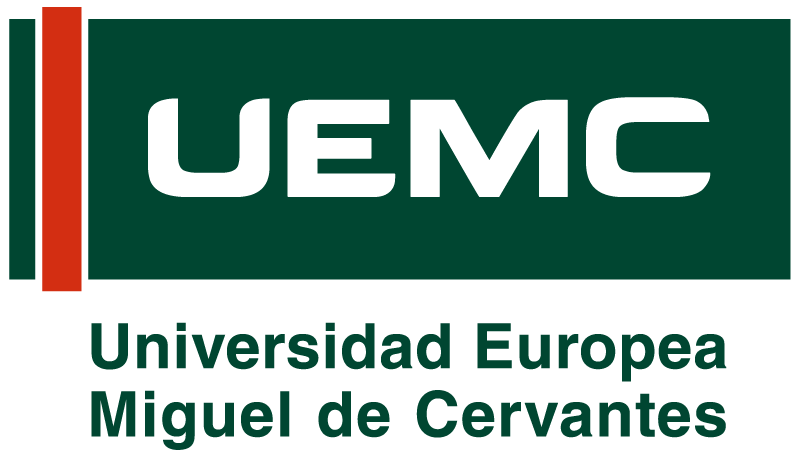To effectively present ourselves in today’s job market, it is crucial to have a presence on LinkedIn. This professional social network allows us to showcase our experience, achievements, qualifications, and personal brand to recruiters in a virtual resume format. It broadens our access to a wider range of job opportunities, including those from companies we might not have known about, and enables us to apply for positions globally.
In addition to our resume, whether virtual or physical, having a media kit is highly recommended. This kit visually represents our work as travel journalists and serves as an engaging portfolio. It functions as a cover letter that should accurately reflect the services you offer, your identity, and your skills as a travel journalist. We provide a step-by-step guide on how to organize the sections of your LinkedIn profile and prepare your media kit. Take note!
How to Have a Good Profile on LinkedIn?
LinkedIn is an essential tool for enhancing your professional visibility and attracting the attention of recruiters, potential clients, and job opportunities. This social network amplifies your personal brand, allowing you to showcase your work and projects in a professional and serious tone. Here are the sections you should complete in a comprehensive and appealing manner on your profile.
- Introduction
- Professional profile photo
- Background photo
- Headline
- Location
- Profile summary (About)
- Experience
- Current and previous jobs with detailed descriptions of your responsibilities and achievements
- Education
- Educational institutions, degrees obtained, dates of attendance, and any relevant academic achievements
- Licenses and Certifications
- Professional certifications and relevant licenses
- Skills
- List of key skills that can be endorsed by other users
- Publications
- Articles, studies, or any publications relevant to your profession
- Languages
- Languages you speak and your level of proficiency in each
- Recommendations
- Testimonials written by colleagues, supervisors, or clients endorsing your work
- Interests
- Companies, influencers, and topics you follow that are relevant to your industry
- Projects
- Details of significant projects you have worked on, including your role and the results achieved
- Volunteering
- Volunteer experience and the causes you support
- Accomplishments
- Include awards, patents, completed courses, test scores, and any other notable achievements
- Contact Information
- Contact details for recruiters or potential clients to easily reach you
To ensure our LinkedIn profile stands out from the rest, we must avoid making the following common mistakes:
- Avoid having an incomplete profile.
- Inactivity: Refrain from stopping posting or interacting with other users.
- Keep your profile updated: Regularly add new skills or experiences you have acquired, as well as recent projects you have completed.
- Publish relevant content: Ensure that your posts are of general interest and demonstrate professionalism through both text and images.
- Selective connections: While having over 500 connections on LinkedIn is important to show you are active and engaged, avoid connecting indiscriminately. Only connect with individuals who are relevant to your field or with whom you have a meaningful connection.

How to make an Attractive LinkedIn Profile (with examples)
LinkedIn is a powerful tool for building your personal brand. Utilize this professional social network to enhance your credibility, showcase your work, and present yourself to potential employers in the world of travel journalism. LinkedIn offers opportunities for networking, connecting with other professionals, and collaborating on projects. Additionally, you can join or create groups and communities aligned with your interests. We will guide you on how to develop a compelling LinkedIn profile as a travel journalist that is both comprehensive and attention-grabbing.
Introduction
- Profile Photo: Use a clear, well-lit photo with a simple background. Dress professionally or in travel-appropriate attire.
- Background Photo: Choose an image that represents your work, such as a scenic view from one of your travels.
- Headline: Describe your role and specialty succinctly.
- Example: “Travel Journalist | Storyteller & Adventurer”
- Location: Include your city and country.
- About: Write a brief paragraph about your experience, skills, and passions.
- Example: “Experienced travel journalist with over 8 years of exploring and documenting diverse cultures and landscapes. Passionate about sharing unique stories through compelling writing and vivid photography. Proficient in digital media and content creation, with a strong portfolio of published works in top travel magazines and online platforms.”
Experience
- Detail your current and previous roles with specific responsibilities and achievements.
- Example:
- Position: Senior Travel Writer
- Company: Wanderlust Magazine
- Dates: January 2018 – Present
- Description: “Authored over 50 feature articles on global travel destinations, increasing readership engagement by 40%. Led travel expeditions and collaborated with local guides to produce in-depth cultural stories. Awarded ‘Best Travel Article’ in 2019 by the National Travel Journalism Association.”
Education
- List your educational institutions, degrees obtained, and dates of attendance.
- Example:
- Degree: Bachelor’s in Journalism
- Institution: New York University
- Dates: 2010 – 2014
Licenses and Certifications
- Include relevant certifications.
- Example: “Certified Travel Writer, International Travel Writers & Photographers Alliance, 2017”
Skills
- Add key skills and allow others to endorse them.
- Example: “Travel Writing, Photography, Digital Media, Content Creation, Cultural Reporting”
Publications
- Share articles, studies, or publications relevant to your field.
- Example: “Published Article: ‘Exploring the Hidden Gems of Southeast Asia’ in National Geographic Traveler, July 2021”
Languages
- List languages you speak and your level of proficiency.
- Example: “English (Native), Spanish (Fluent), French (Intermediate)”
Recommendations
- Request testimonials from colleagues, supervisors, or clients.
- Example: “Maria Gonzalez, former editor: John is an exceptional travel journalist whose stories and photos bring destinations to life. His ability to connect with people and cultures is truly inspiring.'”
Interests
- Follow companies, influencers, and topics relevant to your industry.
- Example: National Geographic, Lonely Planet, World Press Photo
Projects
- Detail significant projects you have worked on.
- Example: “Project: ‘Around the World in 80 Stories’ – Led a year-long travel series documenting unique cultural experiences in 20 different countries, resulting in a popular blog and social media following of over 100k.”
Volunteering
- Include relevant volunteer experience.
- Example: “Volunteer Travel Writing Mentor at Youth Travel Foundation, providing guidance and support to aspiring travel writers.”
Accomplishments
- Add awards, patents, completed courses, test scores, and other notable achievements.
- Example: “Recipient of the 2020 Excellence in Travel Journalism Award, Completed ‘Advanced Travel Photography’ course by Coursera”
Contact Information
- Provide contact details like email and links to other professional social media profiles.
- Example: Email, Mobile Phone, Twitter, and Instagram.
Tips From an ex-LinkedIn Employee
What is a Media Kit?
In addition to maintaining a strong LinkedIn profile, it is important to utilize a media kit as a tool for effectively presenting your work to potential clients. A media kit is a presentation document that visually conveys your professional identity, work process, and experience, typically using a PowerPoint presentation. It is advisable to tailor the media kit to a specific job opportunity. For instance, if you aim to present your travel journalism project to a company, focus on highlighting the economic impact and audience reach of your project.
This visual portfolio showcases your skills as a travel journalist and introduces you to potential clients or employers. There are various formats for creating a media kit, including document presentations, videos, or PowerPoint slides. The key is to keep it concise while incorporating essential elements that ensure its effectiveness. It should communicate your needs and capabilities in a visually engaging manner, offering valuable content and information in a summarized yet compelling way.


What Should Be Included in a Media Kit?
- Description of Your Services: Provide a concise paragraph that addresses the key questions of a journalist: What? Who? When? Where? Why? and How? regarding your project.
- Personal Presentation: Outline in bullet points who you are, what sets you apart as a travel communication professional, and the services you offer. Be sure to highlight any special recognitions or achievements.
- Objectives and Philosophy of Your Work: Clearly outline, in bullet points and with a visually engaging format, the objectives of the project you are proposing to your client, as well as your work philosophy. This section should effectively convey how your professional services can benefit a company in the travel sector.
- Impact and Purpose of the Work: Summarize, in bullet points, the impact your work will have on the travel sector and the specific company, and clearly articulate the purpose of your project. This approach will make the information more engaging and easier to read.
- Audience: Present metrics that demonstrate the value of your content and the reach you generate, highlighting how this translates into benefits for sponsors beyond monetary compensation. Include statistics on social media engagement, such as interactions and likes, and provide examples of successful sponsored posts. Showcase the impact of your audience and the effectiveness of your content in driving engagement.
- Professional Experience and Success Stories: Detail your background in travel journalism, including the brands you have worked with and the feedback from clients on your past projects. Provide supporting materials that showcase your previous work, including quantitative data and metrics that validate your results and achievements.
- Contact Information: Ensure you include your email address, phone number, and relevant social media profiles such as LinkedIn, Instagram, or Twitter. This allows potential clients or collaborators to easily reach out to you and learn more about your work.
To explore more strategies besides LinkedIn profile or media kit for succeeding as a travel journalist, consider enrolling in the Master in Travel Journalism at the School of Travel Journalism. Enhance your skills and knowledge by learning from leading industry professionals.

